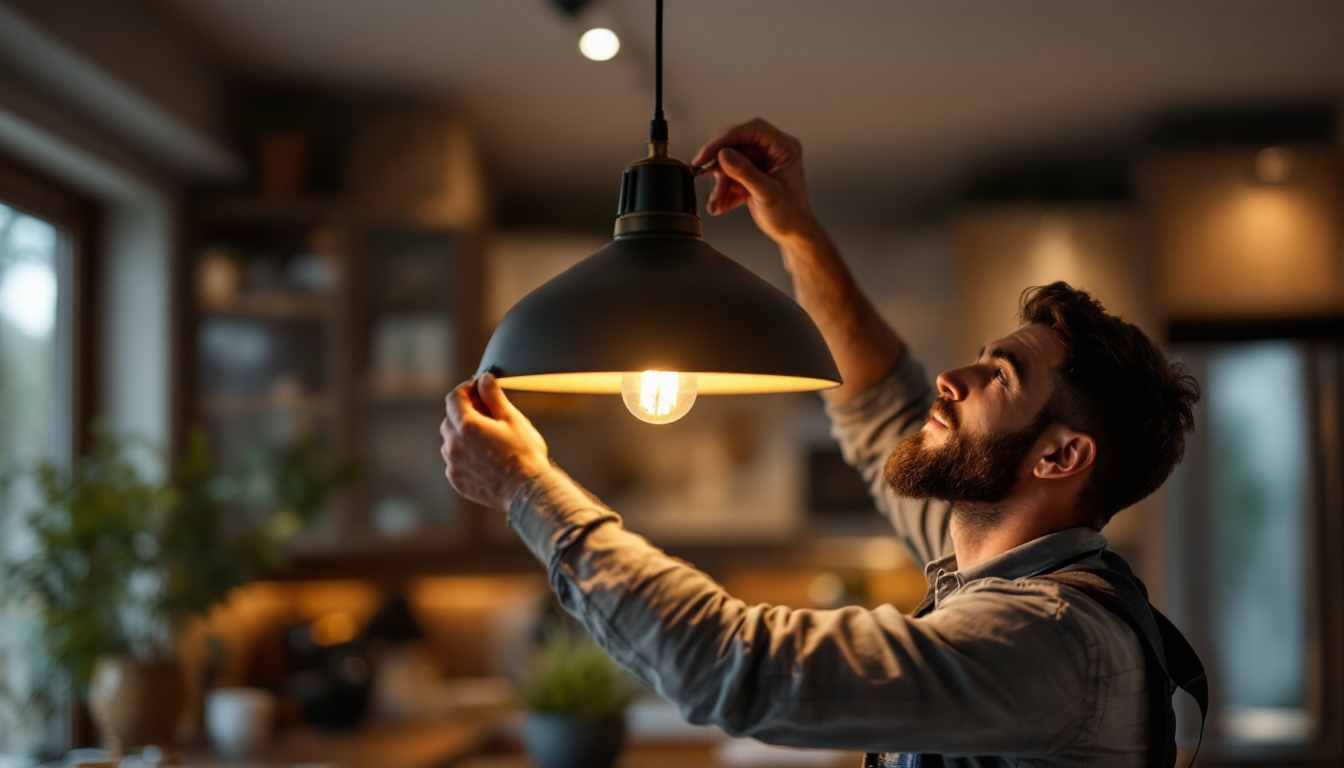
In the realm of lighting design and installation, pendant lights have emerged as a staple element for both residential and commercial spaces. Their versatility, aesthetic appeal, and functionality make them a favored choice among lighting contractors. This article delves into essential facts about pendant lights that every lighting contractor should know, enhancing their expertise and ability to meet client needs effectively.
Pendant lights are fixtures that hang from the ceiling, typically suspended by a cord, chain, or rod. They come in various styles, sizes, and materials, making them suitable for a wide array of applications. Characteristically, pendant lights can serve as task lighting, ambient lighting, or decorative elements, depending on their design and placement.
One of the defining features of pendant lights is their ability to create focal points in a room. Whether used over a dining table, kitchen island, or in a retail setting, they draw the eye and contribute to the overall ambiance. Their height can often be adjusted during installation, allowing for tailored lighting solutions that meet specific needs. Furthermore, pendant lights can be designed with various shades or diffusers, which can soften the light and reduce glare, enhancing the comfort of the space. The versatility of these fixtures allows homeowners and designers alike to experiment with different heights, arrangements, and styles to achieve the desired aesthetic.
Pendant lights can be categorized into several types, each serving distinct purposes:
In addition to these categories, pendant lights can also be distinguished by their design themes. For instance, industrial-style pendant lights often feature raw materials like metal and exposed bulbs, adding a rustic charm to modern interiors. On the other hand, glass pendant lights can bring an air of elegance and sophistication, particularly when crafted with intricate designs or colored glass. Moreover, pendant lights can be energy-efficient, with many models now accommodating LED bulbs, which not only reduce energy consumption but also offer a longer lifespan compared to traditional incandescent bulbs. This makes them not just a stylish choice, but also a practical one for environmentally conscious consumers.
When installing pendant lights, height and placement are critical factors to consider. The general guideline for hanging pendant lights above dining tables or kitchen islands is approximately 30 to 36 inches from the surface to the bottom of the fixture. However, this can vary based on ceiling height and the overall design of the space. For instance, in homes with higher ceilings, you might want to consider hanging the pendants a bit lower to create a more intimate atmosphere, while in spaces with lower ceilings, a higher placement can help avoid a cramped feeling.
In commercial settings, such as retail environments, pendant lights should be positioned to enhance visibility without causing glare. Strategic placement can draw attention to specific areas or products, enhancing the shopping experience. For example, placing pendant lights over displays can highlight merchandise and encourage customer engagement, while also providing sufficient ambient lighting to make the space feel welcoming. Additionally, the style of the pendant light can contribute to the branding of the store; a sleek, modern fixture might convey a different message than a rustic, vintage-inspired design.
Proper wiring is essential for pendant light installation. Contractors must ensure that the electrical box can support the weight of the fixture and that the wiring is up to code. It’s advisable to use a junction box rated for the fixture’s weight and to follow local electrical codes to ensure safety and compliance. Furthermore, it’s wise to consider the potential for future upgrades or changes in lighting design, which may require additional wiring or support structures.
Additionally, contractors should consider the type of bulbs used in pendant lights. LED bulbs are increasingly popular due to their energy efficiency and longevity, but it’s important to ensure that the fixture is compatible with the chosen bulb type. Beyond compatibility, the color temperature of the bulbs can significantly affect the ambiance of the space; warmer tones can create a cozy atmosphere, while cooler tones can foster a more energizing environment. Moreover, dimmable options can provide flexibility, allowing users to adjust the lighting according to different activities or moods, making pendant lights not just functional but also a key element in setting the overall tone of a room.
The choice of materials and finishes plays a significant role in the aesthetic appeal of pendant lights. Common materials include glass, metal, wood, and ceramic, each offering unique visual characteristics. For instance, glass pendant lights can create a sense of elegance and openness, while metal fixtures often convey a more industrial or modern vibe. The texture of the materials also contributes to the overall feel; a hand-blown glass pendant might introduce an artisanal touch, while sleek, polished metals can enhance a minimalist design.
Finishes also vary widely, from polished chrome and brushed nickel to matte black and antique brass. These choices can complement the overall design theme of a space, whether it be contemporary, rustic, or traditional. Additionally, the finish can affect the way light is perceived in a room; for example, a matte finish may diffuse light more softly, creating a warm and inviting atmosphere, while a shiny finish can reflect light and add a touch of drama. As designers experiment with mixed materials, combinations like wood and metal or glass and ceramic are becoming increasingly popular, allowing for a more personalized and eclectic look.
Color trends in pendant lighting are constantly evolving. Neutral tones remain popular for their versatility, but bold colors can make a statement and serve as focal points in a room. Contractors should stay updated on current design trends to guide clients in making informed choices that align with their personal style and the overall design of their space. For instance, deep jewel tones like emerald green or sapphire blue can add a luxurious feel, while vibrant yellows or oranges can inject energy and warmth into a kitchen or dining area.
Furthermore, the style of pendant lighting is also influenced by cultural and historical design movements. Mid-century modern designs often feature geometric shapes and bright colors, while farmhouse styles may lean towards more rustic finishes and softer hues. The rise of vintage and retro aesthetics has led to a resurgence in the popularity of Edison bulbs and fixtures that mimic the charm of bygone eras. As homeowners seek to create spaces that reflect their individuality, the interplay of color and style in pendant lighting becomes an essential aspect of interior design, allowing for creativity and personal expression in every room.
As energy efficiency becomes increasingly important, many lighting contractors are turning to LED technology for pendant lights. LEDs consume significantly less energy compared to traditional incandescent bulbs, making them a more sustainable choice. Furthermore, they have a longer lifespan, reducing the frequency of replacements and maintenance.
Contractors should educate clients about the benefits of LED pendant lights, including their lower energy costs and reduced environmental impact. This knowledge not only enhances the contractor’s credibility but also helps clients make choices that align with their sustainability goals.
Smart lighting systems are gaining popularity, offering homeowners and businesses greater control over their lighting environments. Pendant lights can be integrated with smart home systems, allowing users to adjust brightness, color temperature, and even create lighting schedules through mobile apps or voice commands.
Lighting contractors should be familiar with various smart lighting options and how to install them. This knowledge allows them to provide clients with modern solutions that enhance convenience and energy efficiency.
Proper maintenance of pendant lights is essential to ensure their longevity and performance. Dust and grime can accumulate on fixtures, diminishing their brightness and aesthetic appeal. Regular cleaning with appropriate materials is recommended, as harsh chemicals can damage certain finishes.
Contractors should advise clients on the best cleaning practices for their specific pendant light materials. For example, glass fixtures may require a gentle glass cleaner, while metal finishes might benefit from a soft cloth to avoid scratches.
As design trends evolve, clients may seek to upgrade or replace their pendant lights. Contractors should be prepared to assist with these transitions, offering options that align with the client’s style and functional needs. Understanding the latest trends and technologies will enable contractors to provide valuable recommendations that enhance the client’s space.
One of the most common mistakes in pendant lighting installation is overlooking the scale and proportion of the fixture in relation to the space. A pendant that is too large can overwhelm a small room, while one that is too small may get lost in a larger area. Contractors should take measurements and consider the overall design to ensure a harmonious balance.
Compliance with local building codes and regulations is crucial in any lighting installation. Ignoring these guidelines can lead to safety hazards and legal issues. Contractors must stay informed about local requirements to ensure that their installations are safe, efficient, and compliant.
Pendant lights are a versatile and essential component of modern lighting design. For lighting contractors, understanding the various aspects of pendant lighting—from installation considerations to design trends—can significantly enhance their service offerings. By staying informed about energy efficiency, maintenance, and common pitfalls, contractors can provide clients with tailored solutions that meet their unique needs.
In a competitive market, knowledge and expertise in pendant lights can set a contractor apart, fostering client trust and satisfaction. As the demand for innovative lighting solutions continues to grow, embracing the intricacies of pendant lighting will undoubtedly benefit both contractors and their clients alike.
Ready to elevate your lighting projects with the finest pendant lights on the market? At LumenWholesale, we provide lighting contractors like you with the highest quality, spec-grade lighting products at prices that can’t be beaten. Say goodbye to local distributor markups and hello to our extensive selection that meets rigorous industry standards. With free shipping on bulk orders, you can trust that you’re getting premium lighting at the best value — no hidden fees, no compromises. Enhance your service offerings with the perfect blend of quality, affordability, and convenience. Visit LumenWholesale today and experience Wholesale Lighting at the Best Value for your next project.
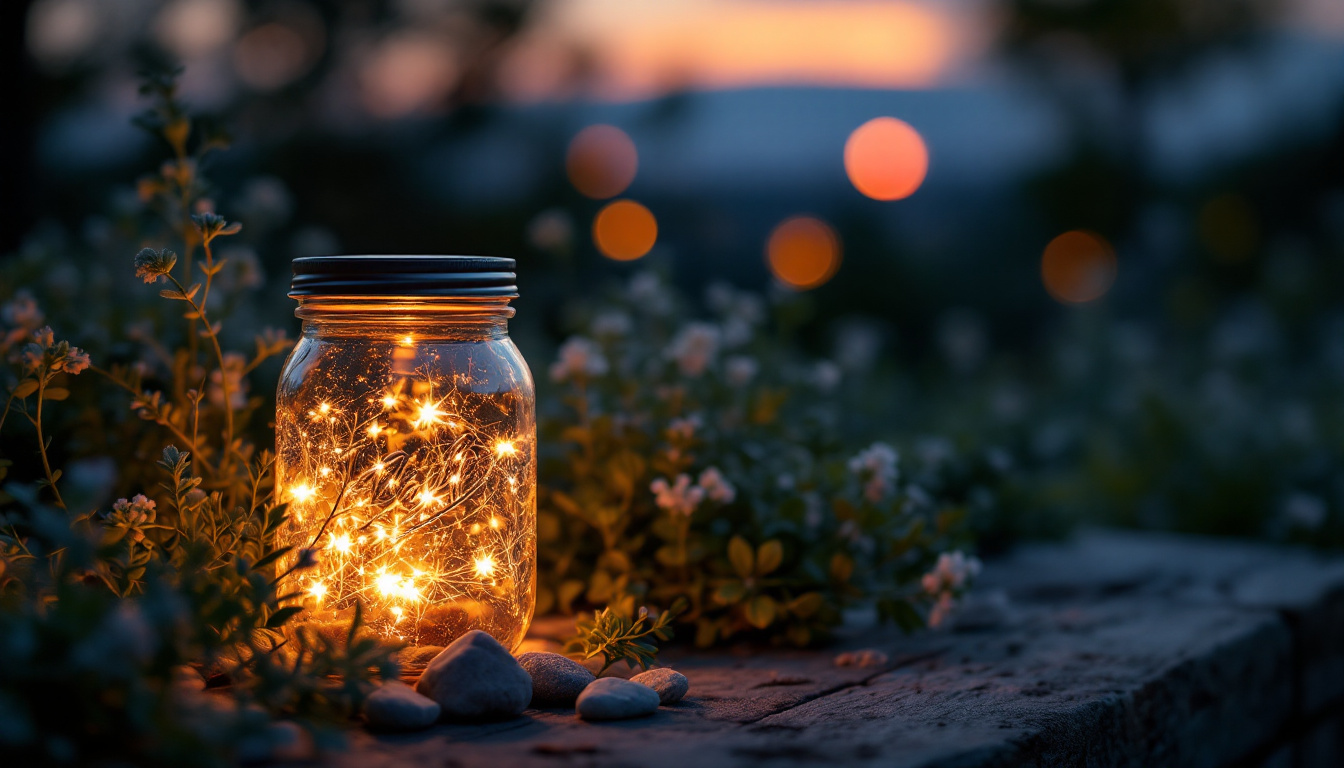
Discover how Mason Jar Solar Lamps are revolutionizing the lighting industry by offering a sustainable and profitable solution for installations.
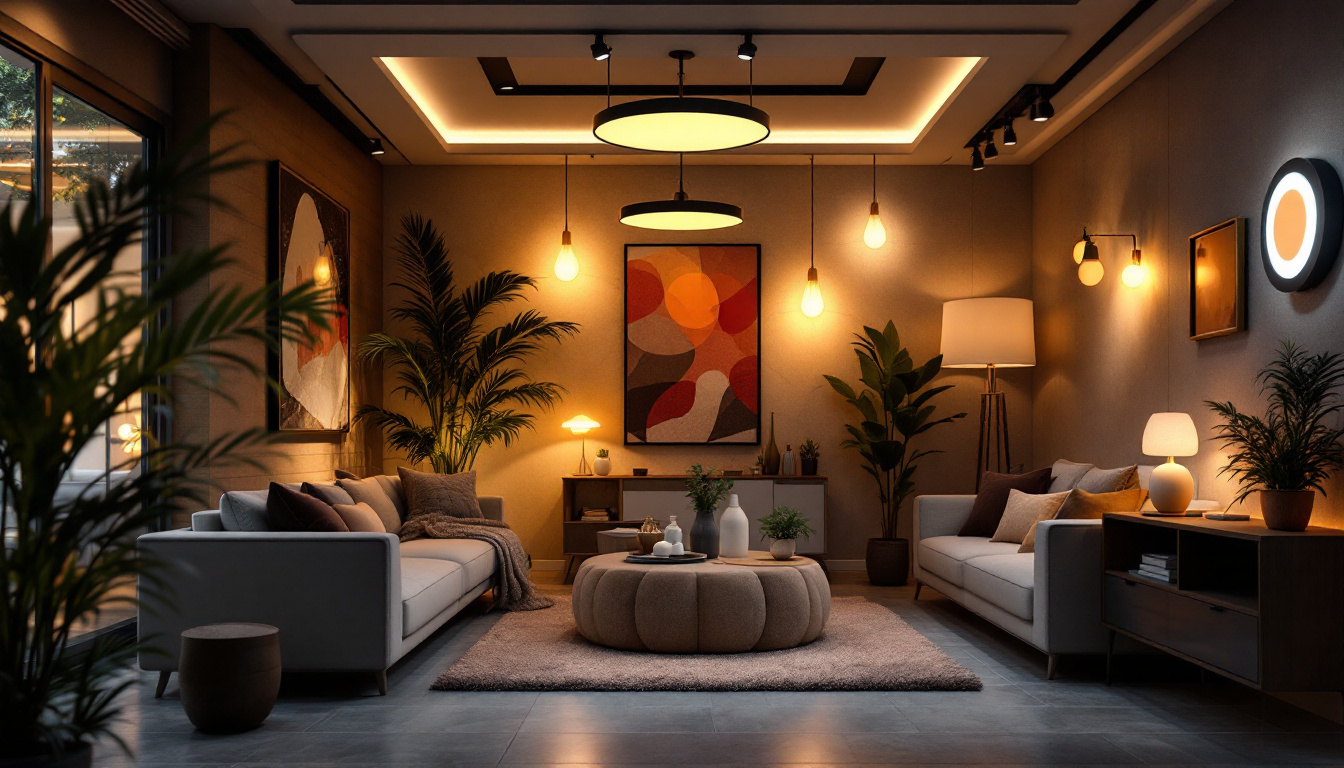
Discover the future of lighting with our comprehensive guide to LED fixtures.
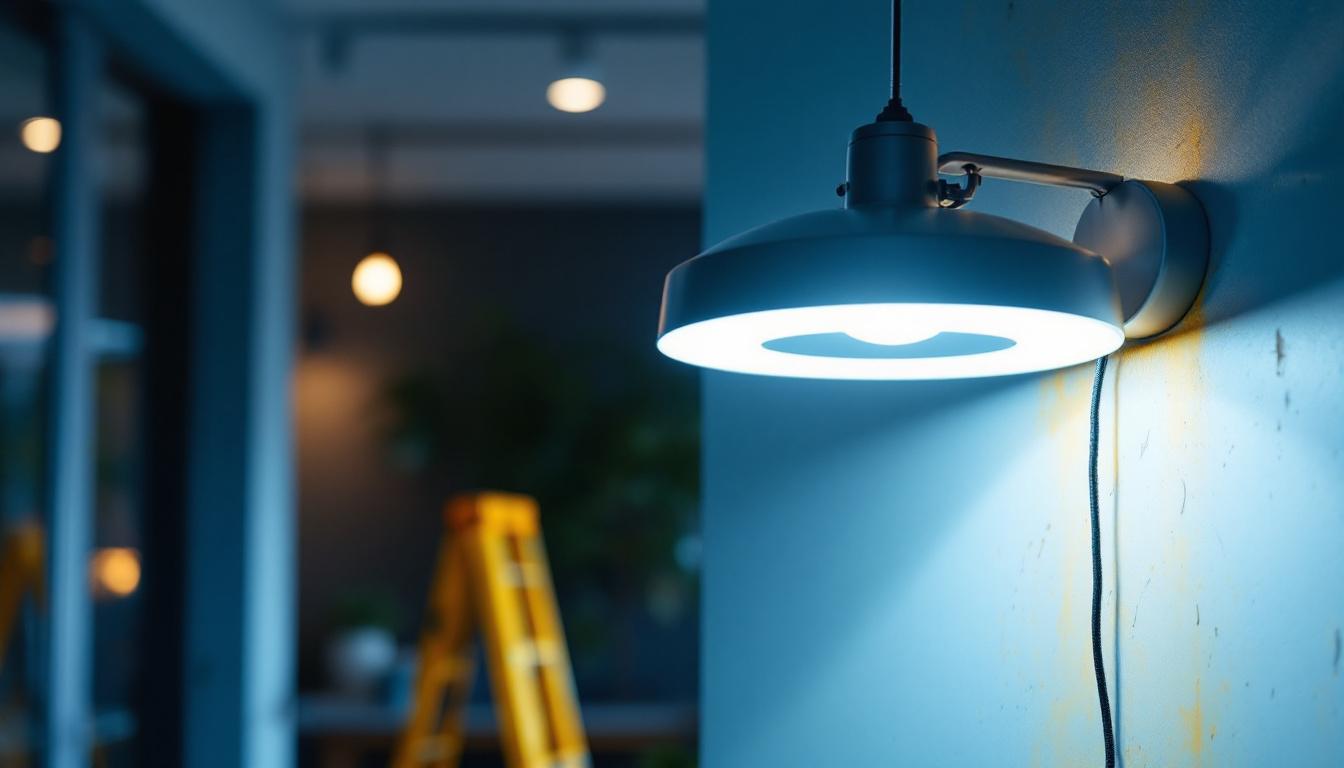
Discover essential insights into 48-inch LED light fixtures that every lighting contractor needs to know.
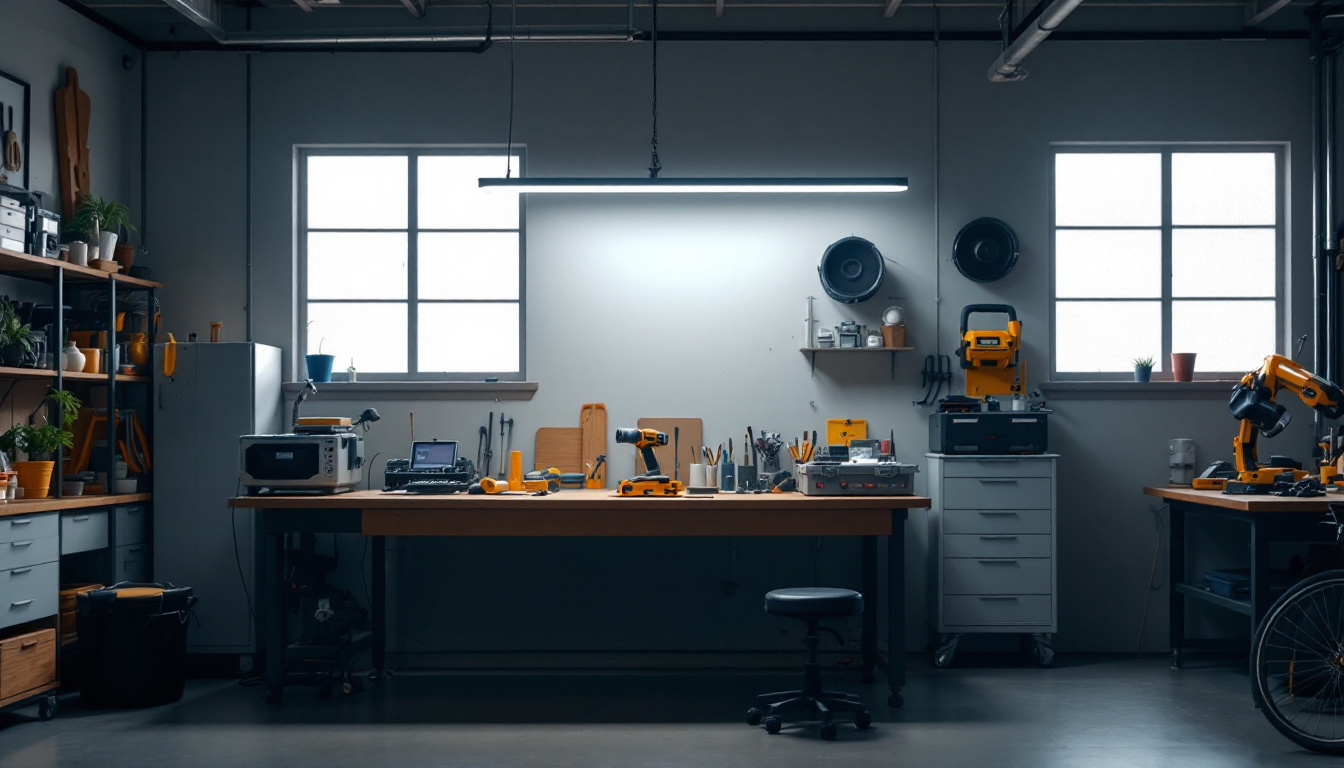
Discover the common oversights lighting contractors make with 8 ft shop lights.